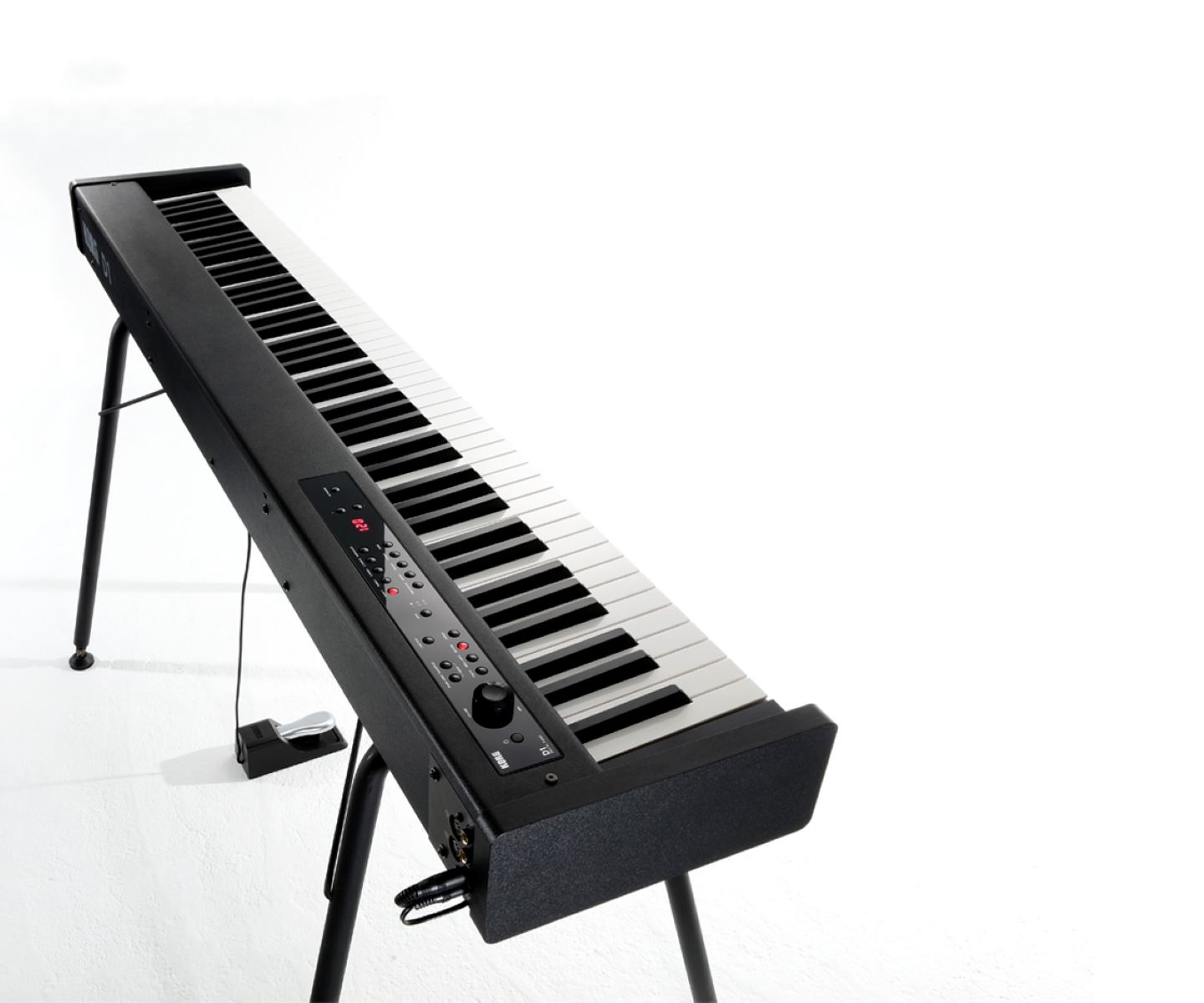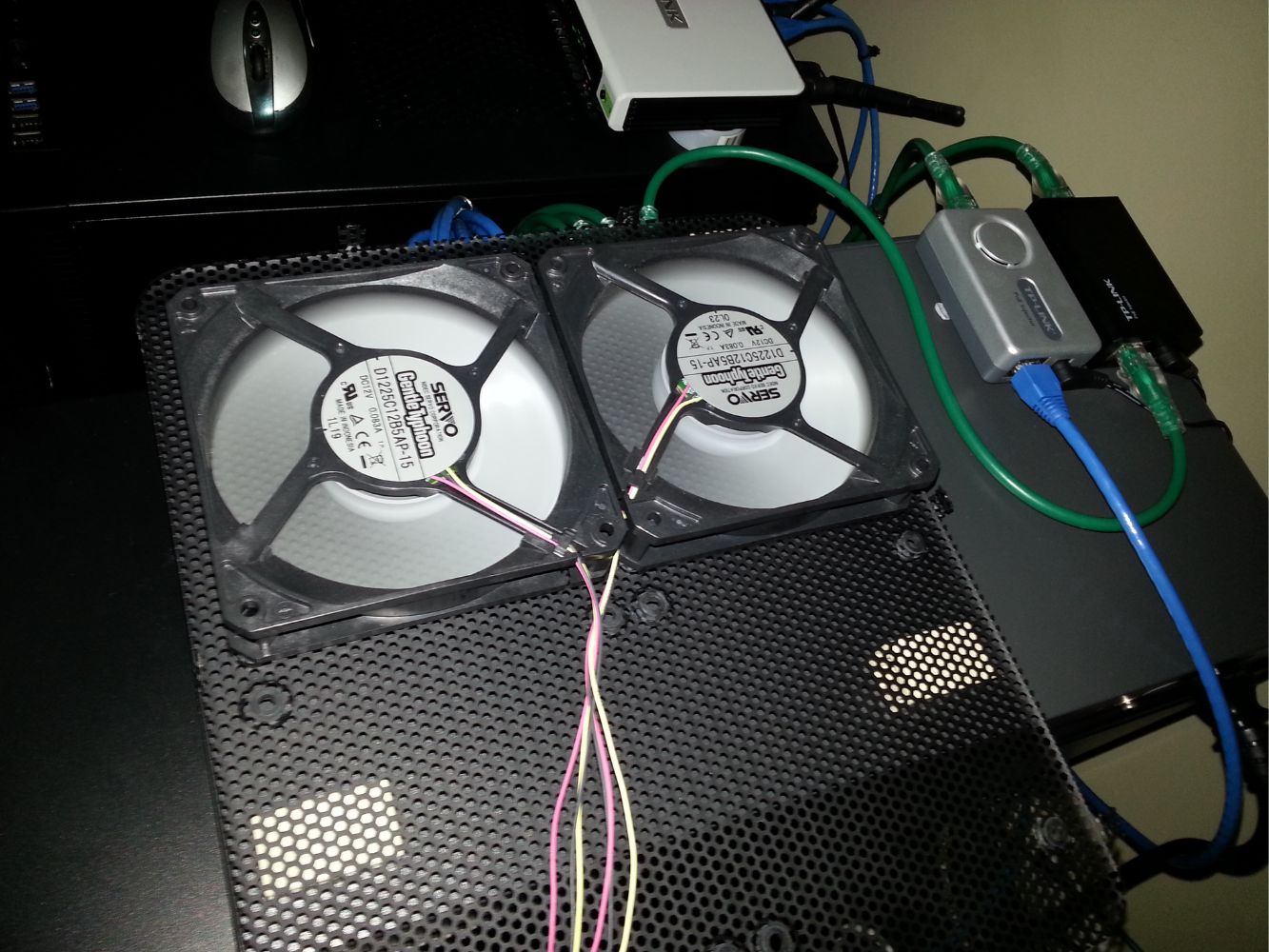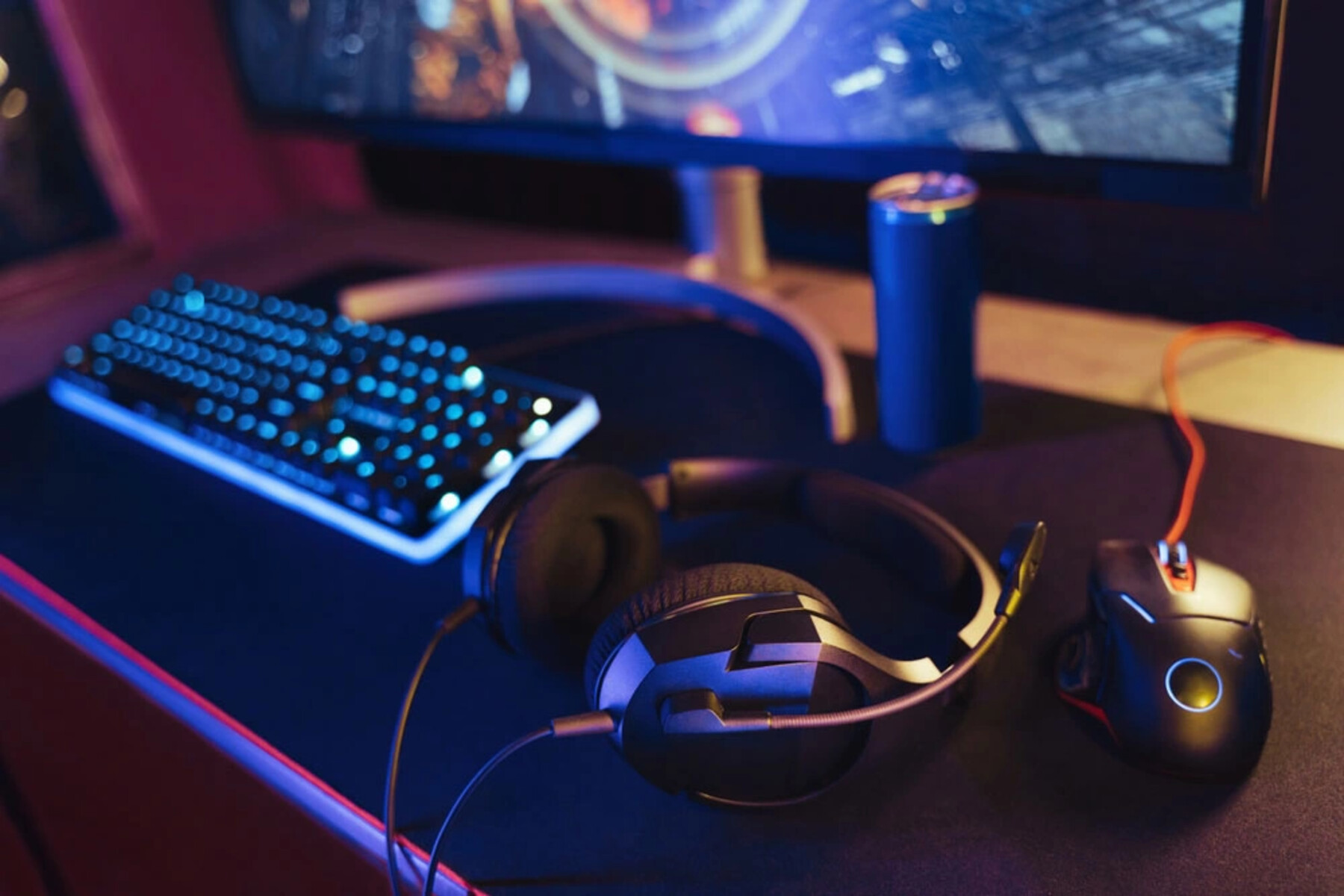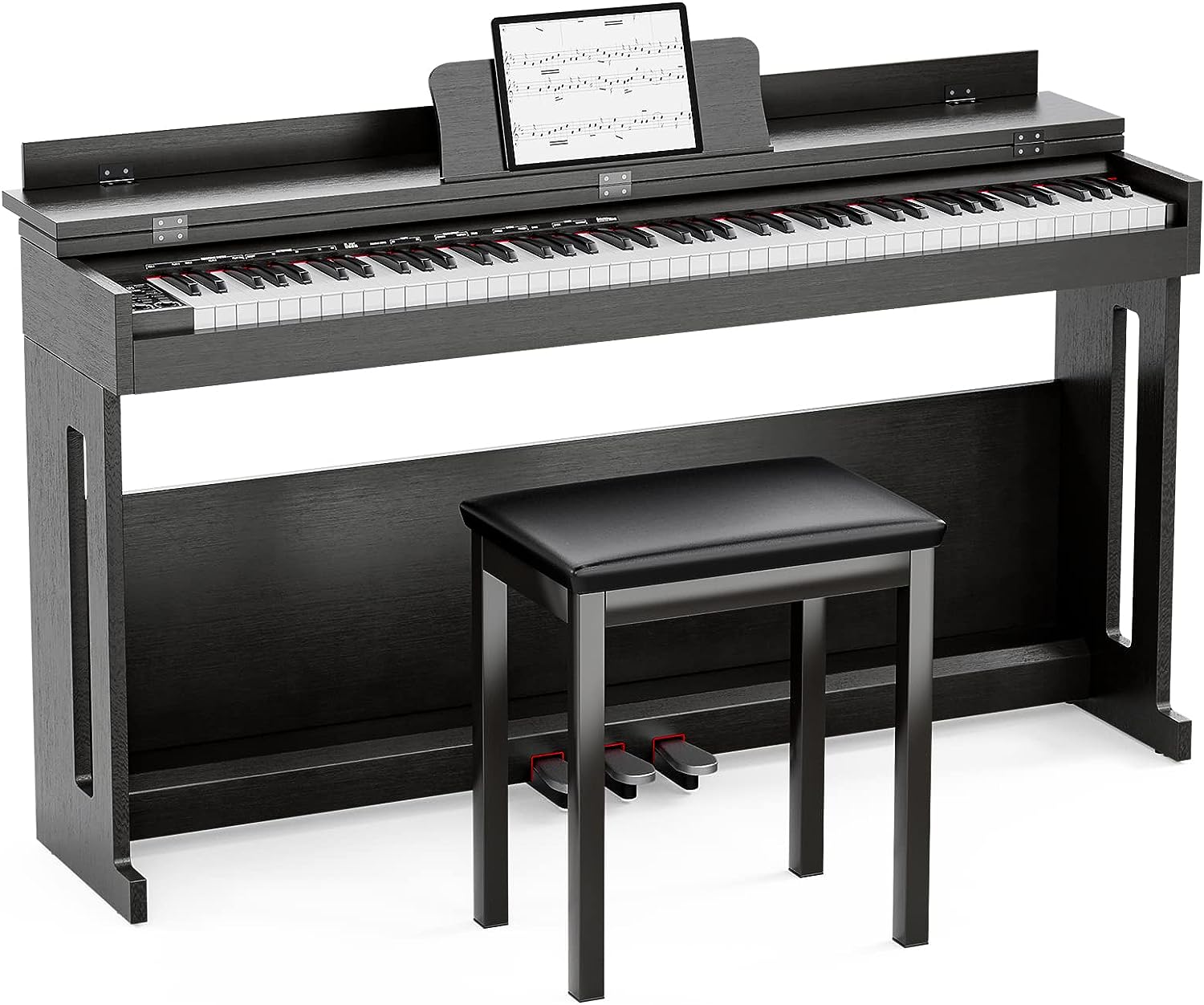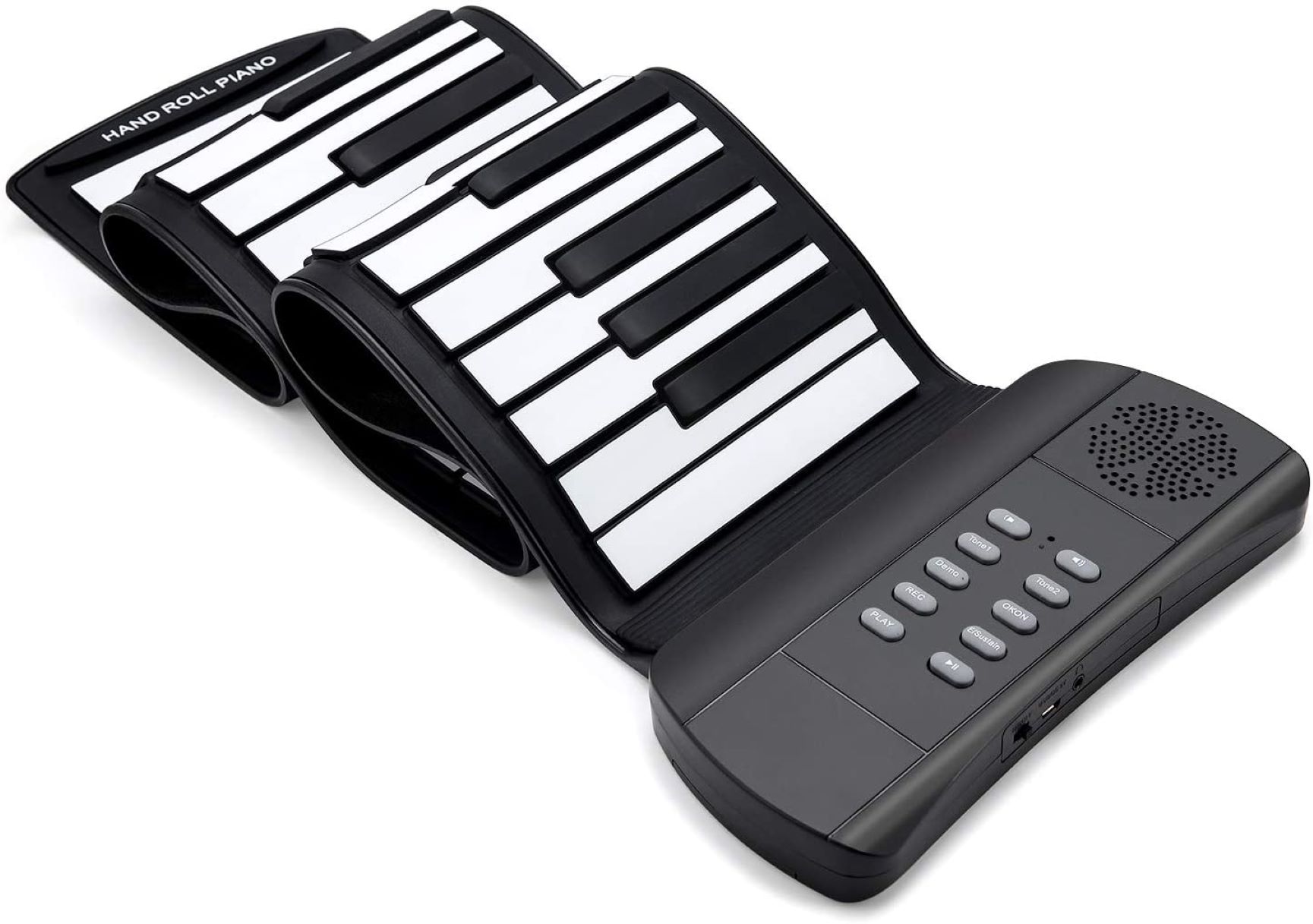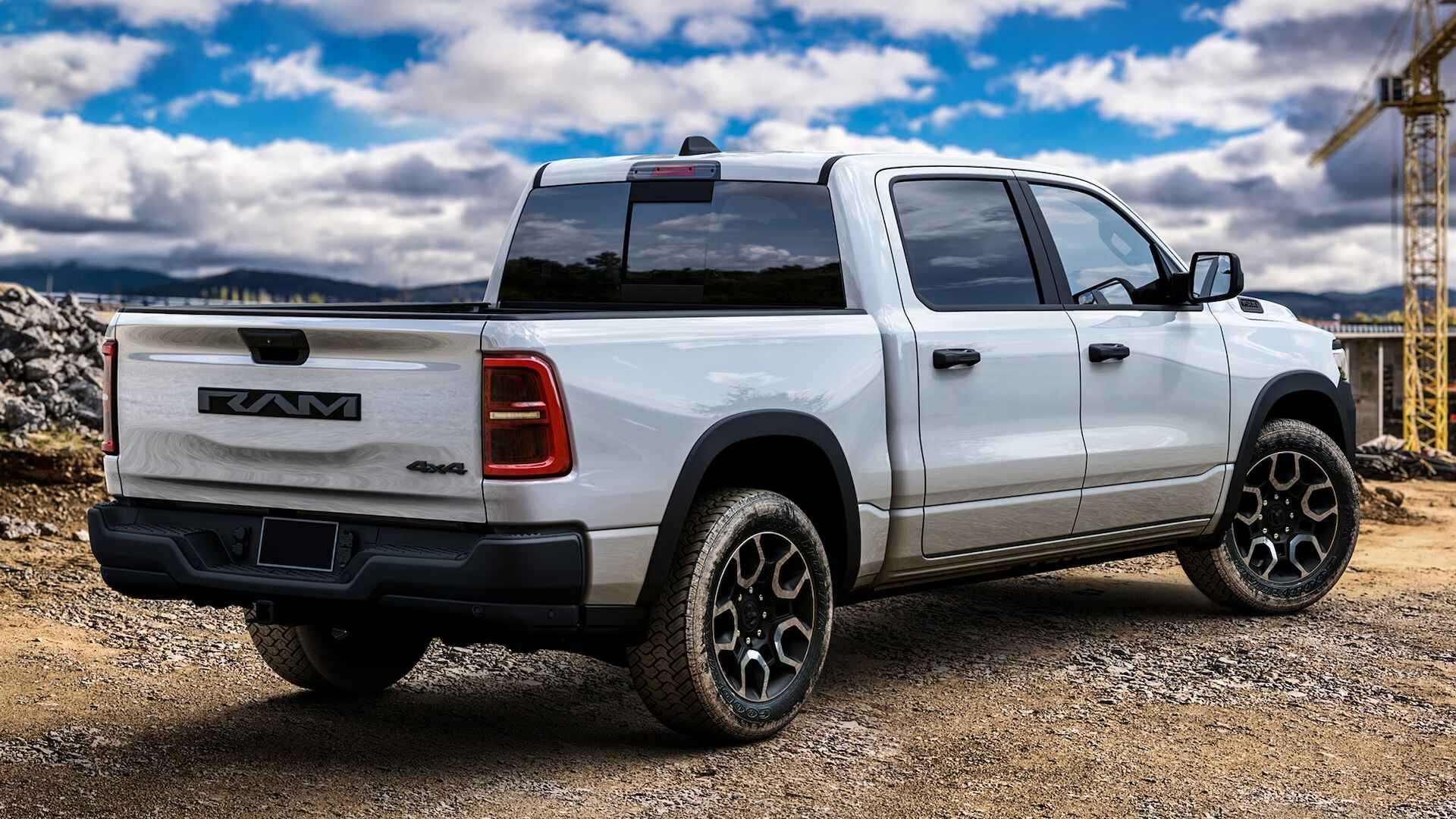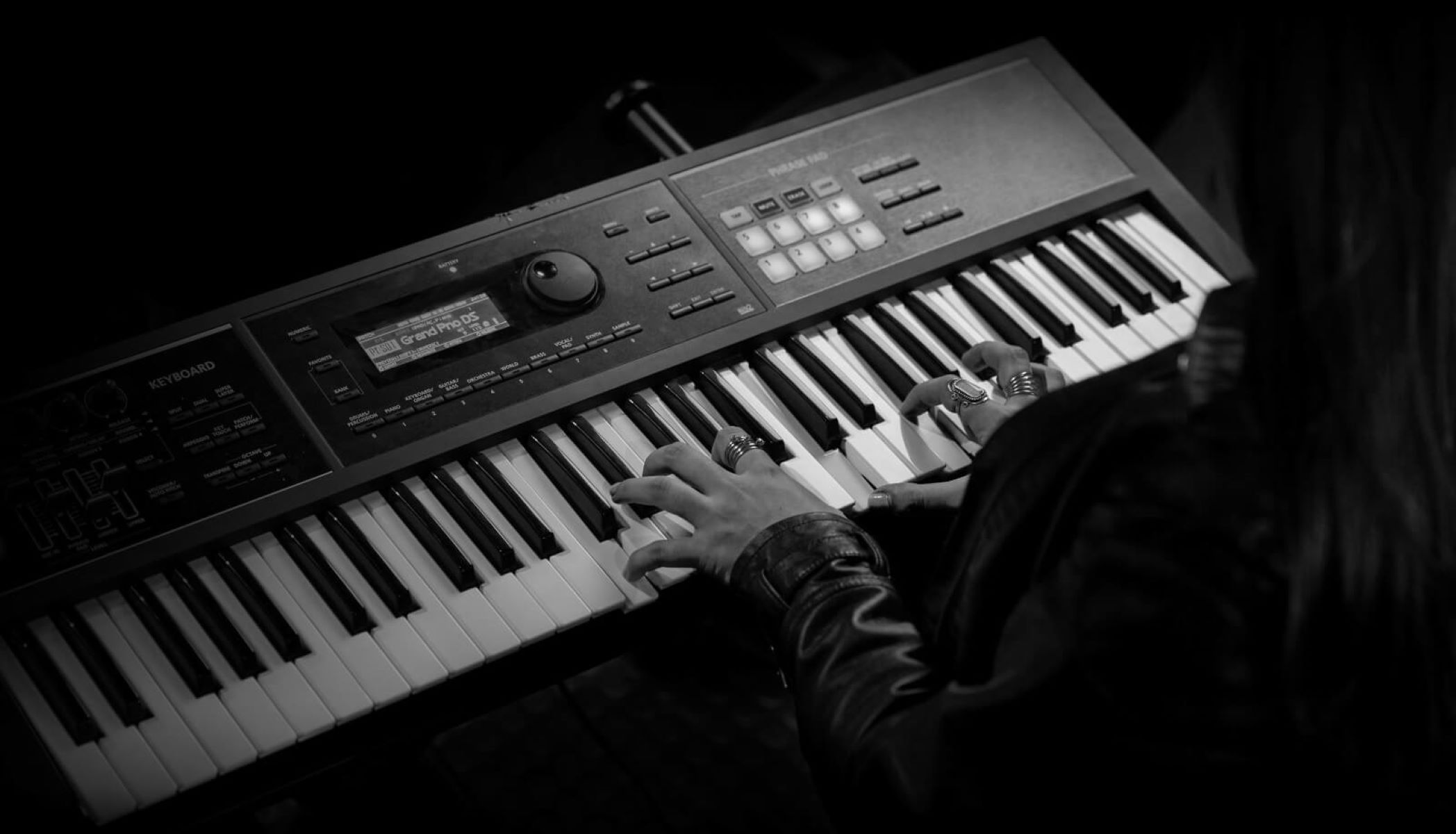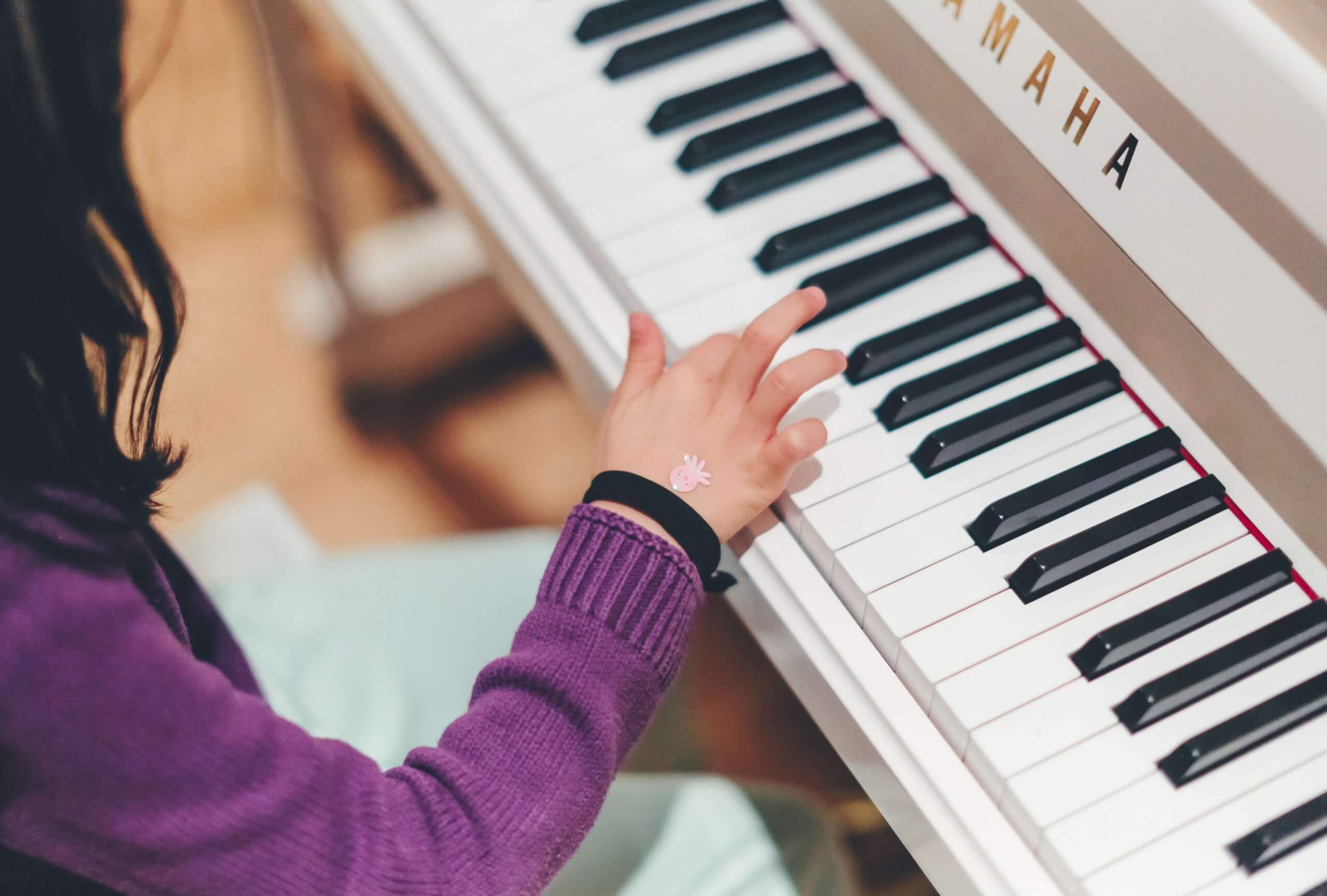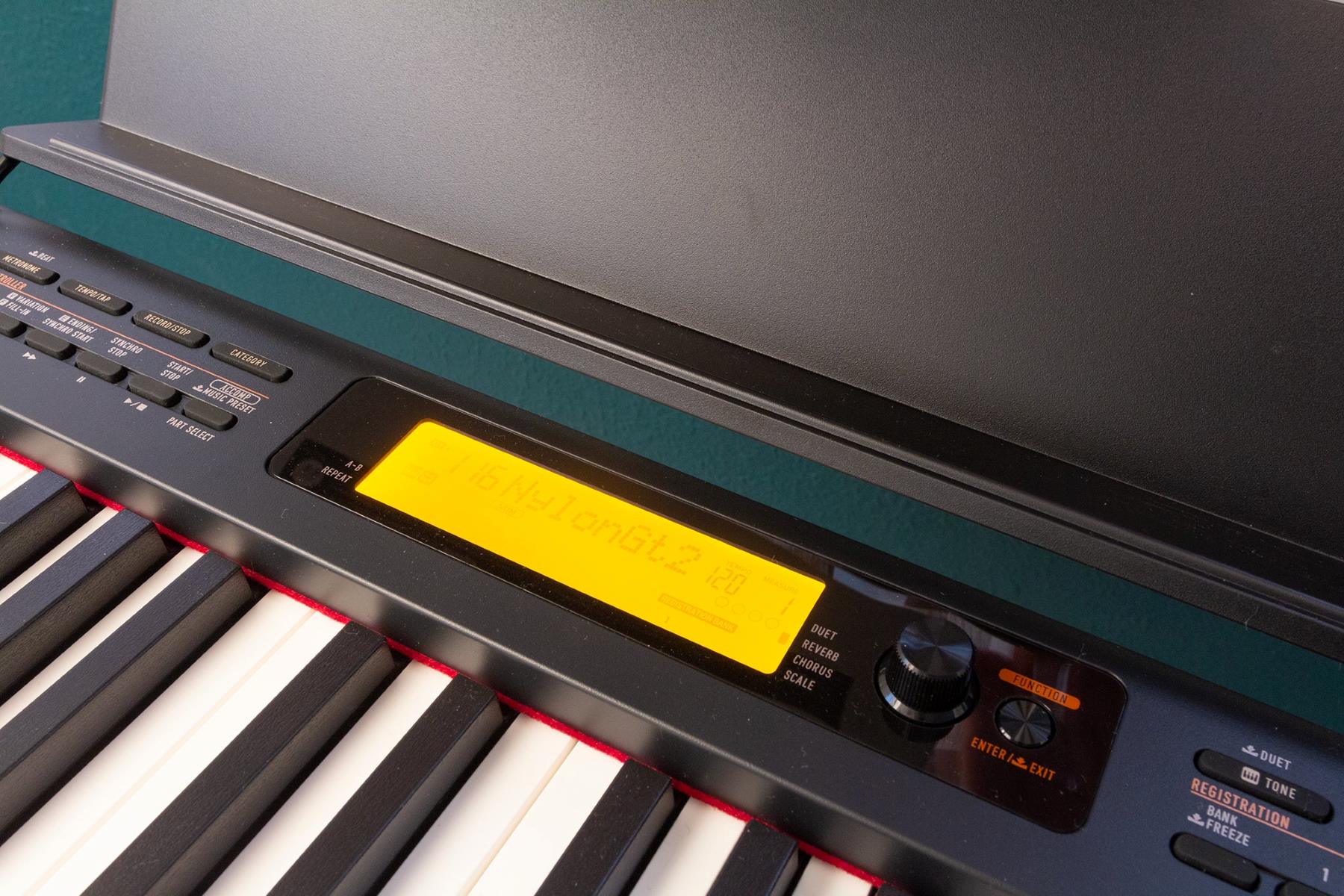Introduction
Have you ever wondered how much energy your digital piano consumes? Whether you're a seasoned musician or just beginning your musical journey, understanding the power consumption of your digital piano can be both enlightening and beneficial. As we delve into the world of kilowatt-hours and digital pianos, you'll gain valuable insights into the energy usage of these instruments and discover practical tips for optimizing their efficiency.
Many modern households are increasingly conscious of their energy consumption, and for good reason. With the rising emphasis on sustainability and energy efficiency, knowing the power requirements of your electronic devices is crucial. Digital pianos, like many electronic instruments, rely on electricity to produce their melodic tones. Therefore, comprehending the kilowatt-hour usage of a digital piano is essential for both environmental awareness and cost efficiency.
In this comprehensive guide, we will explore the concept of kilowatt-hours, unravel the power consumption of digital pianos, identify the factors that influence their energy usage, and provide practical strategies for reducing power consumption without compromising musical quality. Whether you're a passionate pianist, a conscientious consumer, or simply curious about the energy dynamics of digital instruments, this exploration will equip you with the knowledge to make informed decisions and minimize your environmental footprint.
Join us as we embark on a harmonious journey through the realm of kilowatt-hours and digital pianos, where the intersection of music and energy efficiency awaits your discovery.
Understanding Kilowatt-Hours
Before delving into the specifics of digital piano power consumption, it’s essential to grasp the concept of kilowatt-hours. While the term may sound technical, its meaning is quite straightforward. A kilowatt-hour (kWh) is a unit of measurement that quantifies the amount of energy consumed over time. It is commonly used to gauge the electricity usage of various appliances and devices, including digital pianos.
Imagine a light bulb with a power rating of 100 watts. If this light bulb were to shine for 10 hours, it would consume 1 kilowatt-hour of electricity (100 watts x 10 hours = 1,000 watt-hours, which is equivalent to 1 kilowatt-hour). This simple analogy illustrates the fundamental principle behind kilowatt-hours – the product of power (in kilowatts) and time (in hours).
When applied to digital pianos, the concept of kilowatt-hours enables users to quantify the energy requirements of these instruments accurately. By understanding the relationship between power consumption and duration of use, piano enthusiasts can make informed decisions regarding energy usage and cost management.
Furthermore, knowledge of kilowatt-hours empowers individuals to assess the environmental impact of their digital pianos. With sustainability becoming an increasingly pressing concern, being able to quantify the energy consumption of musical instruments is instrumental in promoting eco-friendly practices.
As we navigate the intricacies of kilowatt-hours, it becomes evident that this unit of measurement is not merely a technicality, but a valuable tool for consumers, musicians, and environmental advocates alike. Armed with this understanding, we are better equipped to explore the power dynamics of digital pianos and their implications on energy efficiency and sustainability.
Power Consumption of Digital Pianos
When it comes to digital pianos, power consumption varies depending on factors such as the model, features, and usage patterns. On average, a digital piano consumes approximately 8 to 15 watts of power when in use. However, it’s important to note that this figure is a general estimate, and actual power consumption may differ based on specific circumstances.
One of the primary contributors to a digital piano’s power consumption is its built-in sound system. Pianos equipped with robust speakers and amplifiers tend to consume more power than those with simpler audio setups. Additionally, features such as backlighting, LCD screens, and connectivity options (e.g., Bluetooth, USB) can also impact energy usage. While these elements enhance the functionality and user experience of the digital piano, they concurrently contribute to its overall power requirements.
Furthermore, the duration and frequency of use significantly influence the cumulative energy consumption of a digital piano. Regular and extended practice sessions, especially at higher volume levels, can incrementally elevate the instrument’s energy usage over time. Conversely, sporadic or shorter usage periods may result in lower overall power consumption.
Understanding the power consumption of digital pianos is pivotal for multiple reasons. Firstly, it enables users to estimate the associated electricity costs, thereby facilitating budgeting and financial planning. Additionally, awareness of power consumption encourages conscientious energy usage, aligning with sustainable practices and environmental responsibility.
As we unravel the intricacies of digital piano power consumption, it becomes evident that these instruments, while providing musical delight, also have a tangible energy impact. By acknowledging the power dynamics at play, pianists and enthusiasts can make informed choices regarding their instrument usage, fostering a harmonious balance between musical passion and energy efficiency.
Factors Affecting Power Consumption
The power consumption of a digital piano is influenced by a multitude of factors, each playing a distinct role in determining the instrument’s energy requirements. Understanding these factors is crucial for users seeking to optimize energy efficiency and make informed decisions about their piano usage.
- Sound System: The complexity and output capacity of a digital piano’s sound system significantly impact its power consumption. Models with high-wattage amplifiers and multiple speakers tend to draw more electricity, especially when producing rich, immersive soundscapes. Conversely, pianos with simpler audio configurations may exhibit lower power demands.
- Display and Connectivity Features: Digital pianos equipped with LCD screens, backlighting, and various connectivity options such as Bluetooth or USB ports contribute to increased power consumption. The energy expended to illuminate displays and maintain connectivity functionalities adds to the overall electricity usage of the instrument.
- Volume and Intensity of Use: The volume at which a digital piano is played directly influences its power consumption. Higher volume levels typically require more energy to drive the speakers and produce amplified sound. Additionally, sustained usage at elevated volumes over extended periods can incrementally raise the instrument’s overall energy usage.
- Standby and Sleep Modes: Many modern digital pianos are equipped with standby or sleep modes designed to conserve energy when the instrument is not in active use. Engaging these energy-saving features can significantly reduce power consumption during periods of inactivity, promoting greater efficiency and cost savings.
- Environmental Conditions: Ambient temperature and humidity levels can indirectly affect the power consumption of digital pianos. Extreme temperatures may cause the instrument’s internal components to work harder to maintain optimal performance, potentially leading to increased energy usage.
By recognizing these influential factors, digital piano users can adopt strategies to mitigate excessive power consumption without compromising musical enjoyment. Whether through mindful usage practices, leveraging energy-saving features, or selecting pianos with tailored features that align with energy efficiency goals, understanding the determinants of power consumption empowers individuals to harmonize their musical pursuits with sustainable energy management.
Tips for Reducing Power Consumption
Efforts to minimize the power consumption of a digital piano can yield both environmental benefits and cost savings. By implementing practical strategies and adopting mindful usage habits, users can optimize energy efficiency without compromising the quality of their musical experience. Here are some effective tips for reducing power consumption:
- Utilize Energy-Saving Modes: Take advantage of the standby or sleep modes available on your digital piano. Activating these energy-saving features during periods of inactivity can significantly reduce power consumption without affecting the instrument’s functionality.
- Mindful Volume Control: Be conscious of the volume levels at which you play your digital piano. Lowering the volume when appropriate not only conserves energy but also minimizes potential disturbance to others in your environment.
- Opt for Eco-Friendly Models: When considering the purchase of a new digital piano, explore models that are designed with energy efficiency in mind. Look for instruments equipped with energy-saving components and features that promote reduced power consumption without compromising performance.
- Unplug When Not in Use: If your digital piano features connectivity options such as Bluetooth or USB ports, unplugging these connections when they are not in use can prevent unnecessary energy drain. Additionally, consider unplugging the instrument during extended periods of non-use to eliminate standby power consumption.
- Maintain Optimal Environmental Conditions: Ensure that your digital piano is placed in an environment with stable temperature and humidity levels. Avoid exposing the instrument to extreme conditions, as this can lead to heightened energy usage as it works to maintain performance under challenging environmental circumstances.
By incorporating these energy-conscious practices into your musical routine, you can contribute to a more sustainable and efficient use of electricity while enjoying the expressive capabilities of your digital piano. Embracing these tips not only aligns with eco-friendly principles but also promotes responsible energy management within the realm of musical creativity.
Conclusion
As we conclude our exploration of kilowatt-hours and the power consumption of digital pianos, it becomes evident that the intersection of musical passion and energy efficiency holds significant relevance in today’s conscientious society. Understanding the energy dynamics of digital pianos empowers users to make informed decisions, fostering a harmonious balance between musical enjoyment and responsible energy management.
From unraveling the concept of kilowatt-hours to delving into the factors that influence power consumption, our journey has shed light on the multifaceted nature of energy usage in the realm of musical instruments. By recognizing the impact of sound systems, display features, usage patterns, and environmental conditions, users are equipped to optimize energy efficiency without compromising the quality of their musical experiences.
Moreover, the practical tips for reducing power consumption serve as actionable guidelines for individuals seeking to minimize their environmental footprint and realize cost savings. By embracing energy-saving modes, practicing mindful volume control, and selecting eco-friendly models, users can contribute to a more sustainable approach to digital piano usage.
Ultimately, the harmonious integration of music and energy efficiency underscores the broader significance of responsible consumer choices and environmental awareness. By fostering a collective ethos of energy-conscious musical expression, we can harmonize our creative pursuits with sustainable practices, contributing to a more environmentally mindful and energy-efficient society.
As you embark on your musical journey or continue to hone your skills as a pianist, may this knowledge guide you in optimizing the energy efficiency of your digital piano, allowing you to revel in the beauty of music while treading lightly on the planet.







